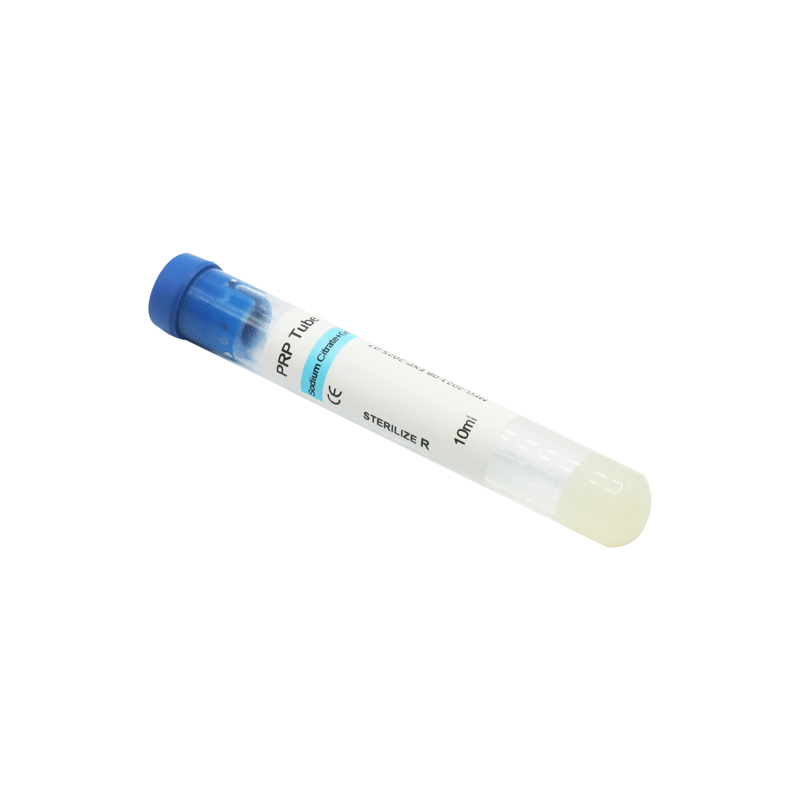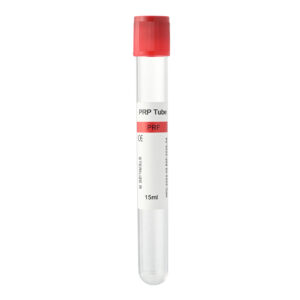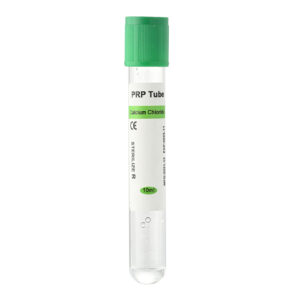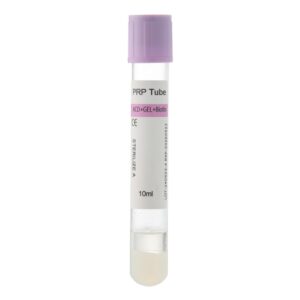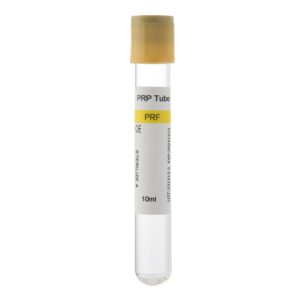How Soon Can I Walk After a PRP Injection? Platelet-Rich Plasma (PRP) injection is an emerging biological treatment used widely in orthopedics, sports medicine, and cosmetic surgery. It involves extracting plasma rich in platelets from the patient’s blood and injecting it into damaged tissues to promote cell repair and tissue regeneration. PRP injections offer a non-surgical solution for conditions such as arthritis, tendon injuries, and ligament sprains.
One of the most common questions patients have is, “How soon can I walk after a PRP injection?” In this article, we will provide a detailed explanation of this question and offer guidance on what to expect during the recovery process.
Factors Affecting How Soon You Can Walk After PRP Injection
The time it takes to start walking after a PRP injection varies depending on several factors. There is no one-size-fits-all answer, as each case is unique. Below are the main factors that influence recovery time:
- Injection Site: The location of the PRP injection significantly affects how quickly you can resume walking. For injections in weight-bearing joints like the knee, ankle, or hip, more time may be needed for recovery. In contrast, injections in areas like the shoulder or elbow, which do not directly impact walking, often require less time to heal.
- The severity of the Condition: Patients with mild injuries may recover more quickly after a PRP injection. However, for severe conditions like advanced arthritis or significant tendon tears, the recovery process can take longer. PRP promotes tissue regeneration, but healing still requires time, especially in cases of complex or extensive damage.
- Individual Differences: Every person’s body responds differently to PRP therapy. Some may start walking within a few days, while others might take weeks. Factors such as age, overall health, and metabolism can all influence recovery speed.
- Post-Injection Care: Proper post-injection care is critical for a swift recovery. Following your doctor’s recommendations, such as engaging in physical therapy and resting appropriately, can significantly shorten the time it takes to resume walking. On the other hand, neglecting recovery protocols or putting too much strain on the treated area too soon can delay healing and potentially cause further damage.
Recommended Timeline for Walking After PRP Injection
While the recovery time can vary, the following timeline provides a general guideline for when you can expect to start walking again:
- First 1-3 Days: In the initial days following a PRP injection, patients often experience pain or discomfort at the injection site. During this period, it’s recommended to avoid any weight-bearing activities, particularly for injections in the knee or ankle. Using crutches or a wheelchair to assist with mobility may be necessary to reduce stress on the affected joint.
- Days 4-7: As pain subsides, patients can begin to engage in light walking for short periods. It’s important to avoid standing for long durations or performing any high-impact activities. Wearing supportive devices, such as braces, may help protect the joint if the injection is administered in a lower limb.
- 1-2 Weeks: As the pain continues to decrease and joint function improves, most patients can resume light daily activities, such as walking short distances or climbing stairs. However, activities that place significant pressure on the joints, like running or jumping, should still be avoided.
- 2-4 Weeks: By this stage, most patients should be able to return to their normal walking routine and gradually increase activity levels. For athletes or individuals with higher physical demands, it is advisable to work with a physical therapist or a rehabilitation specialist to ensure a safe and gradual return to more strenuous activities.
Post-PRP Care Guidelines
To ensure a smooth recovery after PRP injections, it is essential to follow these post-care recommendations:
- Avoid Early Weight Bearing: Refrain from engaging in heavy weight-bearing activities too soon after the injection. Applying too much pressure prematurely may interfere with the healing process and prolong recovery.
- Follow the Doctor’s Advice: Every patient’s recovery plan is unique, so it’s important to adhere to the specific recommendations given by your doctor or physical therapist. Regular follow-up appointments and assessments are also crucial to monitor progress.
- Use Ice and Rest: In the initial days post-injection, applying ice can help reduce swelling and alleviate pain. Adequate rest is equally important to allow the injected tissue to heal properly.
- Engage in Gradual Activity: As pain decreases and mobility improves, engaging in mild activity can help accelerate the recovery process. However, it’s important to avoid high-impact exercises until fully cleared by a healthcare professional. A physical therapist can design a tailored rehabilitation program to restore joint function safely and effectively.
Conclusion
PRP injections provide a safe and effective non-surgical option for alleviating joint pain and promoting tissue repair. However, the time it takes to resume walking after PRP treatment depends on several factors, including the injection site, the severity of the condition, and the individual’s recovery plan. Most patients can expect to walk normally within 1-2 weeks, but the exact timeline may vary.
If you have any concerns or experience unusual symptoms during your recovery, consult your healthcare provider to ensure a smooth healing process.

